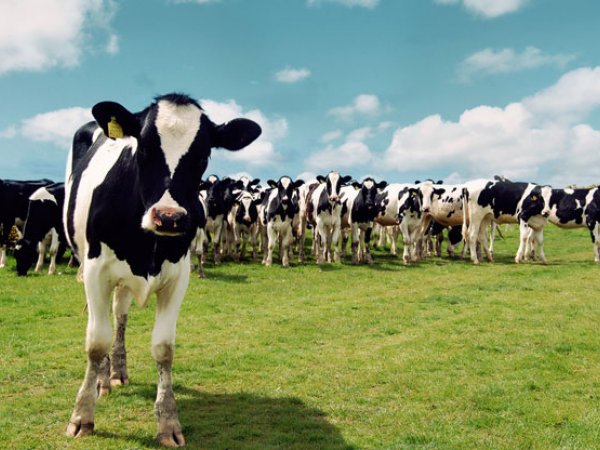

Hot weather creates more problems than cold weather. When the weather gets warm feed consumption and consequently the milk production, milk protein and fat levels reduces. When the weather is hot the feeding frequency is increased 1-2 meals more, the feeding time is shifted to the cooler hours. Especially to enable the animals sheltered in the confined barns to feed at the same time a sufficient number of feeder space is set, they are enabled to drink plenty of water and adequate ventilation is provided, thus stress in the animals is avoided. Also changes can be made within the ration, in hot weather.Reduction in the coarse fodder and increase in the concentrated feed are provided within the ration. However, more of the concentrated fodder reduces its rumen pH and can lead to the consequences like stopping of the fodder consumption. In this case, the digestibility of the concentrated fodder can be increased with the sodium bicarbonate to be given in the amount of 110-220 g per cow. Thus rumen buffering is provided. On the other hand, adding yeast in the ration may lead to an improvement in the cellulose digestion. In order to increase the energy consumption adding some oil into the ration can be considered. For this purpose, cottonseed, soya beans, animal fats, protected fats or mixtures thereof can be included in the ration.
Register to our newsletter in order to be aware of our announcements and news.
